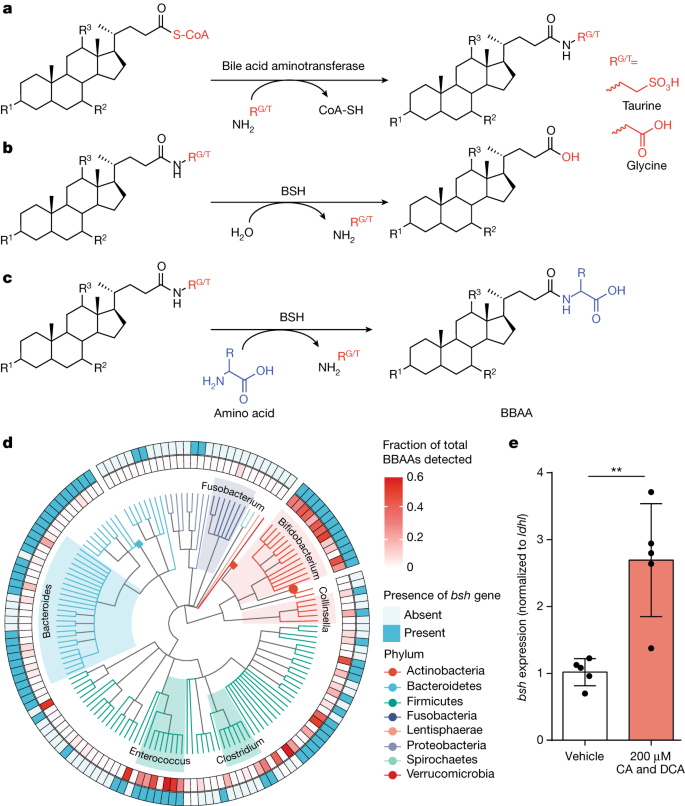2024-02-28 カリフォルニア大学サンディエゴ校(UCSD)
◆その後のDNA分析により、この魚に最も近い2つの近縁種であるパナマ産のゴールデンベラ(Halichoeres melanotis)とコスタリカ近郊のココス島産のレッドストライプベラ(Halichoeres salmofasciatus)との遺伝的分岐が明らかになり、別種であるという結論がさらに裏付けられました。
<関連情報>
- https://today.ucsd.edu/story/new-fish-species-discovered-at-remote-islands-off-mexicos-pacific-coast
- https://peerj.com/articles/16828/
メキシコのレビラギゲド群島、東太平洋熱帯域で発見された新種のベラ、Halichoeres sanchezi n. sp. Halichoeres sanchezi n. sp., a new wrasse from the Revillagigedo Archipelago of Mexico, tropical eastern Pacific Ocean (Teleostei: Labridae)
Benjamin C. Victor, Benjamin W. Frable, William B. Ludt
PeerJ Published:February 28, 2024
DOI:https://doi.org/10.7717/peerj.16828

Abstract
A new labrid fish species, Halichoeres sanchezi n. sp., is described from eight specimens collected in the Revillagigedo Archipelago in the tropical eastern Pacific Ocean, off the coast of Mexico. The new species belongs to the Halichoeres melanotis species complex that is found throughout the region, differing by 2.4% in the mtDNA cytochrome c oxidase I sequence from its nearest relative, H. melanotis from Panama, and 2.9% from Halichoeres salmofasciatus from Cocos Island, off Costa Rica. The complex is distinguished from others in the region by having a black spot on the opercular flap and a prominent black area on the caudal fin of males. The juveniles and initial phase of the new species closely resemble those of H. salmofasciatus and Halichoeres malpelo from Malpelo Island of Colombia, differing in having an oblong black spot with a yellow dorsal margin on the mid-dorsal fin of initial-phase adults as well as on juveniles. In contrast, the terminal-phase male color pattern is distinct from other relatives, being vermilion to orangish brown with dark scale outlines, a white patch on the upper abdomen, and a prominent black band covering the posterior caudal peduncle and base of the caudal fin. The new species adds to the list of endemic fish species for the isolated archipelago and is an interesting case of island endemism in the region. The discovery was made during the joint 2022 collecting expedition to the archipelago, which featured a pioneering collaborative approach to an inventory of an island ichthyofauna, specifically including expert underwater photographers systematically documenting specimens in situ, before hand-collection, and then photographed fresh, tissue-sampled, and subsequently vouchered in museum collections.


